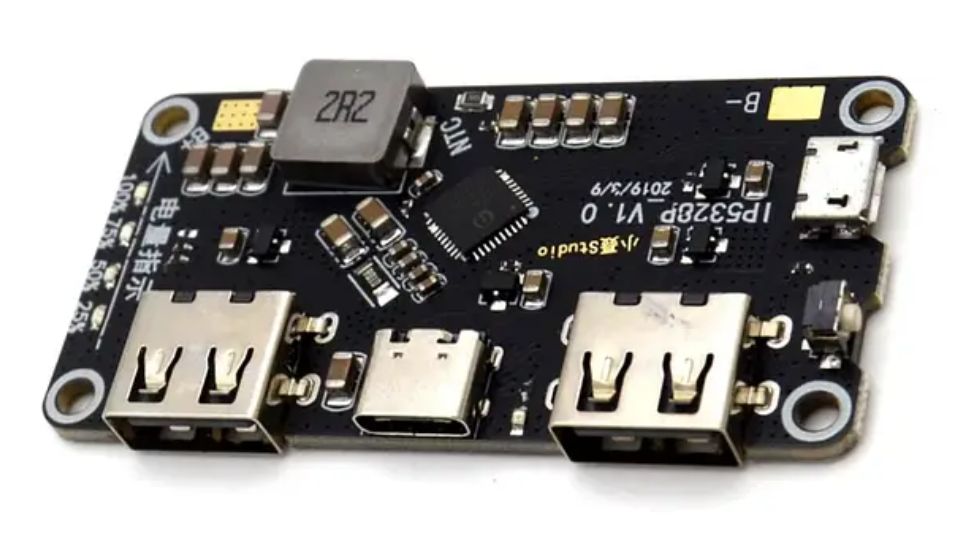
Is it bad to leave an ebike plugged in all the time
Leaving your e-bike plugged in all the time isn't inherently bad thanks to modern battery management systems (BMS) and charger technology, which significantly mitigate risks associated with overcharging. The BMS ensures safe operation by balancing cells, preventing overcharge, and managing discharge, cutting off charging once full capacity is reached. However, to maintain battery health and longevity, it's advisable to follow best practices such as not always charging to full or leaving it plugged in indefinitely, especially without monitoring. Storing the battery at a partial charge when not in use for long periods, and keeping it within optimal temperature ranges, can also help extend its life.
At first glance, concerns about potential overcharging and battery degradation seem valid. However, with advancements in battery management systems (BMS) and charger technology, leaving your e-bike plugged in may not be as detrimental as once thought, provided the BMS and charger are functioning correctly. You might also wonder if you can use a car charger to charge your eBike battery. If so, check out our other article for more details.
Understanding the Role of the BMS and Charger
At the heart of an e-bike's battery care is the BMS, a sophisticated component that plays a crucial role in battery health. It ensures the battery operates within safe parameters, balancing the cells, preventing overcharging, and managing the discharge process. High-quality BMS and charger combinations are designed to cut off the charging process once the battery reaches full capacity, effectively mitigating the risks associated with overcharging.
The Impact of Continuous Charging on Battery Health
Modern e-bike batteries, particularly those utilizing lithium-ion technology, benefit significantly from the protective measures offered by the BMS. Continuous charging does not inherently harm the battery if the BMS functions as intended, preventing the battery from exceeding its voltage threshold. This is a stark contrast to older battery technologies, which lacked sophisticated management systems and were prone to damage from overcharging.
To ensure the longest possible life for your e-bike battery, aiming for an 80% charge level can be highly beneficial. This practice, often referred to as partial charging, takes advantage of a lithium-ion battery's chemistry, offering a sweet spot that balances usable energy with prolonged battery health.
The recommendation to charge up to 80% is based on battery chemistry dynamics. Lithium-ion batteries operate under a principle where the higher the state of charge, the higher the stress on the battery due to increased voltage. This stress can lead to accelerated degradation of the battery's components, particularly at charge levels above 80%. Therefore, maintaining a charge level between 20% and 80% offers a balance between usable range and longevity.
Considerations for Long-Term Battery Maintenance
While it's generally safe to leave an e-bike plugged in, adopting a few best practices can further enhance battery longevity and performance. For instance, storing the battery at a 40-80% charge level when not in use for extended periods can reduce stress and prolong its lifespan. Additionally, operating the battery within its optimal temperature range is crucial, as extreme temperatures can adversely affect battery health.
Real-World Application and Safety Measures
Safety should remain a top priority when dealing with e-bike batteries. It's important to use chargers and batteries that are compatible and have undergone rigorous testing. Furthermore, the condition of the battery and charger should be periodically checked for any signs of damage or wear. It's worth noting that the construction of the battery itself plays a role in safety and longevity. For example, Lithium Titanate (LTO) and Lithium Iron Phosphate (LFP) cells are known for their stability and safety features compared to other types. If you plan to build a DIY lithium-ion eBike battery, check our other articles for more details.
So, is it bad to leave your e-bike plugged in all the time? No, so long as your battery has a BMS that is working correctly and you are using a compatible charger. It's still important, however, to not blindly trust your equipment and to regularly check it.
So basically, you don't want to leave your bike charging overnight until you fully charge it a few times while being able to monitor it. After you see that it's working normally and there are no surprises, then it's more than likely totally safe to leave it charging overnight.
We hope this article provided all the information you needed to answer whether it is bad to leave an eBike plugged in all the time. Thanks for reading!


